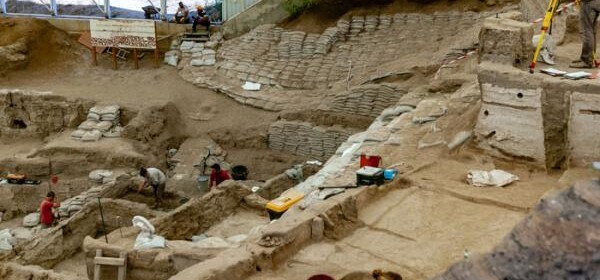The Most Important Step in Doing an LCA
“If I were given one hour to save the planet, I would spend 59 minutes defining the problem and one minute resolving it.”

There’s a comment, frequently attributed to Albert Einstein, that sometimes pops into my mind when we’re beginning a life cycle assessment (LCA):
“If I were given one hour to save the planet, I would spend 59 minutes defining the problem and one minute resolving it.”
This gets at something fascinating: very often the most important step in doing an LCA is either missed or treated as an afterthought.
What is this step? Defining the question your study is trying to answer. Without clarity on that point, clients can spend hours digging for data, and practitioners spend time calculating and recalculating results, only to produce results that have no value to anyone.
If we accept the premise that a butterfly flapping its wings can have global (or even local) consequences, then modelling the full life cycle of a product would require a model of the entire world. That isn’t feasible, so we need to streamline. The critical decision of what and how much we can streamline is determined largely by the question we’re trying to answer.
Let’s say we’re developing a new product and have a basic understanding of its size and shape, but we don’t know what material we’re going to use for one component. In this case, our question might be “which material would be better for the environment?”
From there, we can start streamlining our analysis of how impacts change when we swap in different materials. Do different materials alter the component’s mass? If not, then you can drop downstream transportation out of the equation. Do they change energy consumption or maintenance in the product’s use phase? If not, you can drop the use phase from the analysis. The more aspects we can drop from the analysis, the quicker the question is answered and the sooner we can get on to the next critical study.
Or what if the question is, “Is my new technology better than the old technology?” Here again we would start with a consideration of what, exactly, is changing. We don’t need to model what stays constant between old and new. But if your question instead was, “How much better is my new technology than the old technology?” you would want to assess as much as possible of the full life cycle (within your scope) so that you could show the reduction as a percent of the old.
All of this has a profound effect on project scope. Scope often comes into play in the form of a budget, which can quickly translate into cut-offs. Of course, with those butterfly wings in mind, we try our best not to cut anything off, but we nearly always cut off things like employee commuting, marketing and sales impacts, and capital equipment. It’s not that these things don’t have any impact; it’s just that their impact is usually quite small in comparison with the product that we’re assessing.
Likewise, there might be data that’s so uncertain (e.g., just how long will a building really last?) that including it doesn’t add anything. Or, we might not have the bandwidth to gather a particular data set in the first place.
Scope also comes into play in terms of geography and time frame. Do you want to answer that technology question just for this year? Or do you want to know which will be better in 5 years when you actually get into production? In 5 years, our grid electricity will be significantly cleaner, which could flip our results. And a change in production from Asia to Europe can have a similar effect.
To sum up, all of us have a limited amount of time in which we can help save the planet. So, I urge you to use enough of that time to really define what it is you’re trying to do before embarking on your LCA. There’s a good chance that those 59 minutes you invest in definition will turn out to be an investment that pays off.